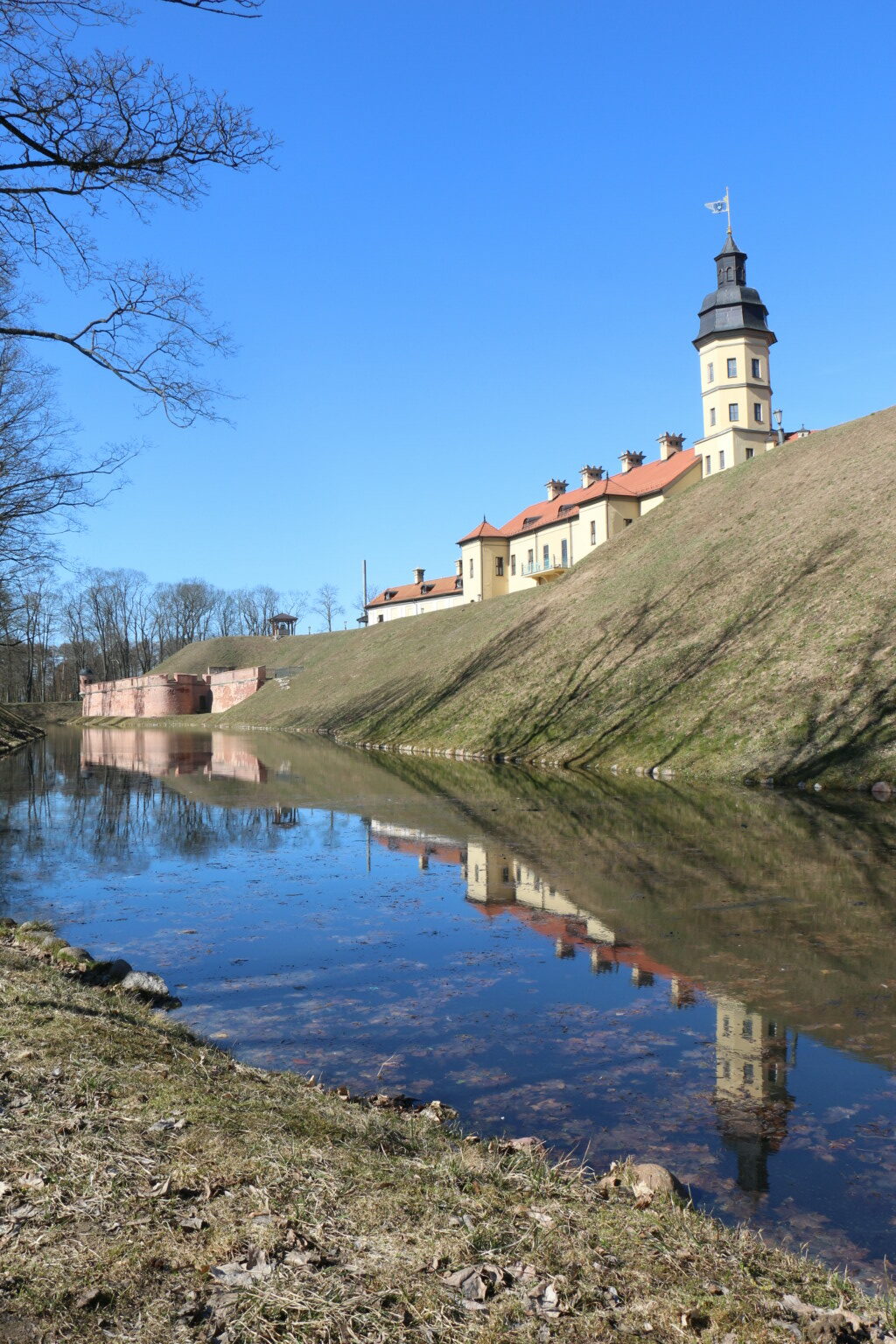
While Western Europe’s famous landmarks attract millions of visitors annually — for instance, France alone sees upwards of 89 million tourists — Eastern Europe offers a quieter yet equally fascinating experience for travelers. For reference, it is estimated that Western Europe welcomes around 450-500 million tourists each year, while Eastern Europe welcomes a fraction of that at roughly 50-55 million tourists a year. Despite this, there is a clear preference hierarchy even within Europe’s lesser trodden parts, with countries like Croatia, Poland, and Czech Republic often overshadowing many fascinating countries, such as Bosnia & Herzegovina and Slovenia.
On my journey to visit every country in the world, I have so far traveled to 18 of the 20 countries that I consider to be in Eastern Europe. I can confidently say that it is my favorite region in the world and probably the most underrated as well when it comes to traveling.
This guide seeks to highlight the lesser-known nations, the overlooked siblings of Eastern Europe’s popular destinations. It is designed for travelers eager to venture beyond Krakow’s medieval city center or Dubrovnik’s coastal charm, into territories where fewer tourists have walked the trodden path and where history and natural wonders can be appreciated without the crowds.
Bosnia & Herzegovina
In the heart of the Balkans lies Bosnia & Herzegovina, a country that I, ever since I first visited it back in 2015, felt strongly for. Often overlooked for its more popular neighbor Croatia, Bosnia is a mountainous country with stunning nature and endless things to see and do. It is also one of a few countries that I keep coming back to again and again.
While Bosnia & Herzegovina may be synonymous for some with the tragic Bosnian War of the 1990s, whose aftermath is still evident three decades later, today it stands as a safe destination for travelers.
Moreover, Bosnia offers an affordable alternative to Croatia, with the cost of accommodation and living expenses being significantly lower. For those looking to explore a beautiful mountainous region with a rich, albeit complex, history, without the hassle of crowds or high prices during peak season, Bosnia & Herzegovina is a must-visit on your next Eastern European journey. In contrast, Croatia, its more celebrated neighbor, attracts nearly ten times more tourists annually, with 15 million visitors compared to Bosnia’s 1.5 million.
Top Attractions:
- Mostar: Mostar is a historical city located in the south of the country, with a partly Muslim, partly Catholic population. It is most famed for its UNESCO World Heritage Bridge Stari Most, which was destroyed during the Bosnia War and later rebuilt. The city is beautifully situated along the turquoise Neretva River with mountains landscape surrounding the city, while its old town is filled with a rich blend of churches, mosques, cafes, and restaurants. As I wrote in one of my recent articles, Mostar is probably the best city in Bosnia to stay in during your trip due to its proximity to many to other see-worthy sites in Bosnia.
- Kravice Waterfalls: The Kravice waterfalls, best visited as a short day trip from Mostar, is a gorgeous waterfall where you can enjoy a swim in the chilly but fresh water during the summer months. The Kravice Waterfalls is a perfect example of Bosnia’s natural beauty and a good alternative for anyone who wants to escape the crowds of the more famous Plitvice Waterfalls in Croatia.
- Sutjeska National Park: This national park, one of the oldest in Bosnia & Herzegovina, is a sanctuary of biodiversity. Home to the Perućica, one of the last remaining primeval forests in Europe, Sutjeska is a reminder of the wilderness that once covered much of the continent. Not only that but it is also home to one of the most impressive WW2 memorials I have come across, known as the Memorial Complex to the Battle of Sutjeska. I wrote an article about the best things to do in Sutjeska National Park and how to get there so be sure to check it out here.
- Sarajevo: Sarajevo, the capital of Bosnia & Herzegovina, is a city where East meets West, offering a unique blend of Ottoman, Austro-Hungarian, and Slavic influences in its architecture, cuisine, and culture. It is also the place where the famous assassination of the Archduke Franz Ferdinand of Austria took place, which ignited WW1. If you want a unique experience in Sarajevo, be sure to check out the abandoned bobsleigh track located a stone’s throw away from the city center.
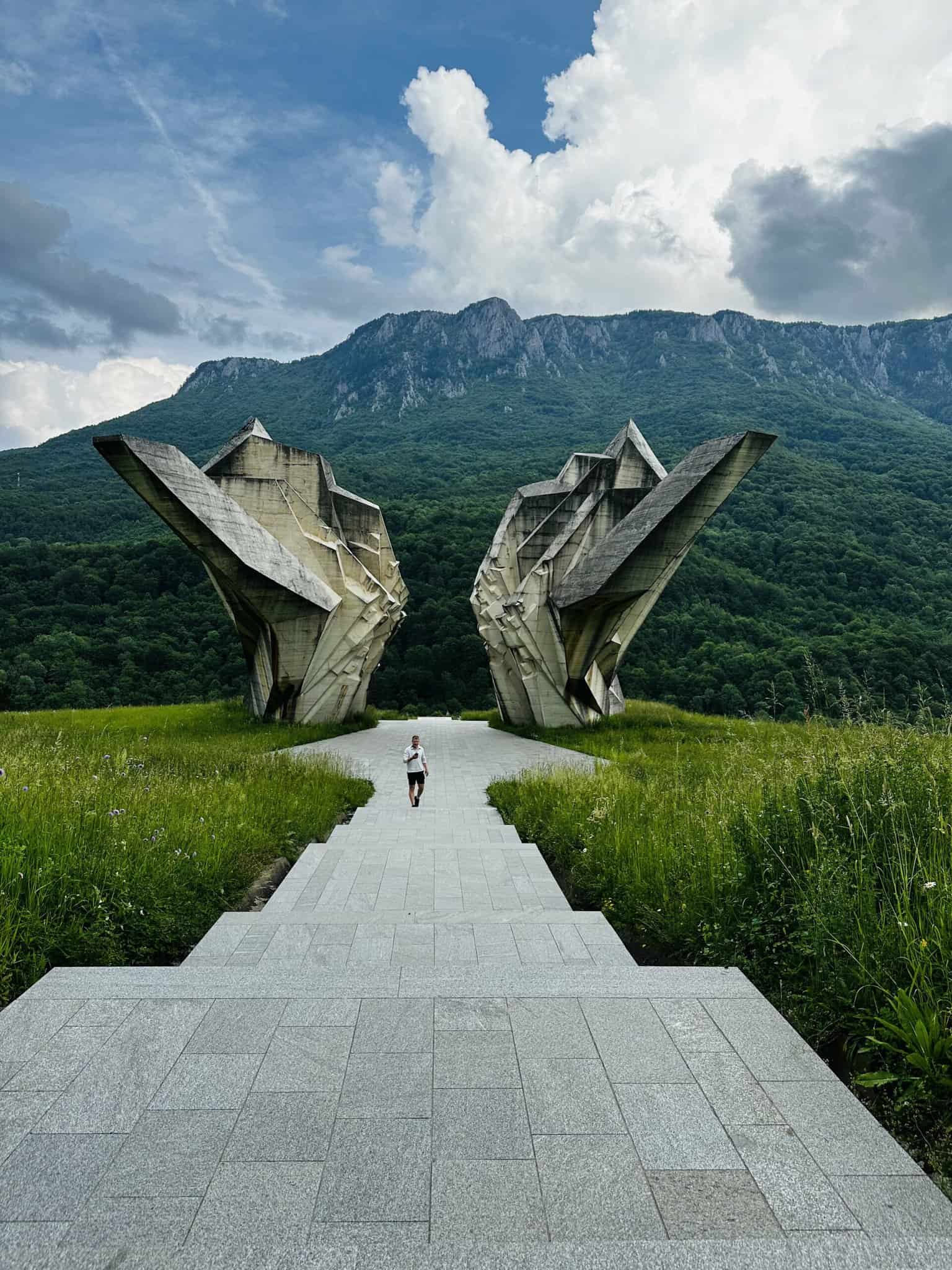
Travel Tips:
- Best Time to Visit: To truly appreciate Bosnia & Herzegovina’s outdoor beauty and historical sites, visit during late spring or early autumn, when the weather is mild, and the landscapes are at their most inviting.
- Transportation: I highly recommend that you rent a car if you are planning to visit Bosnia for longer than a city break to Mostar or Sarajevo.
- How Long to Stay: To get a full feel for Bosnia I recommend that you plan for 7-10 days in the country. If that is to much time, I recommend that you spend an extended weekend in either Mostar or Sarajevo, or both (there is a train that connects the two cities).
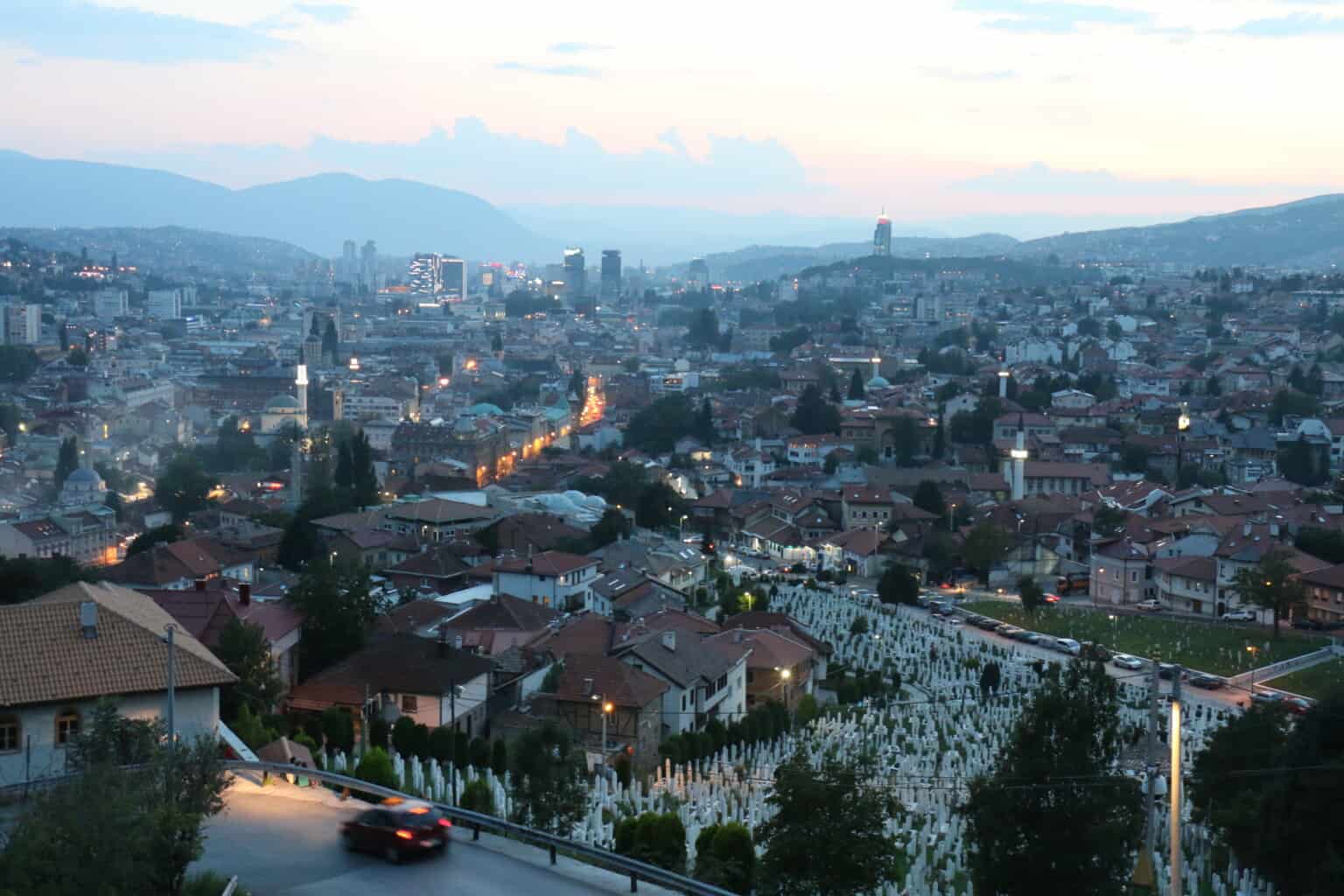
Albania
Albania, a country cradled by the Adriatic and Ionian Seas, has transitioned from being under one of Europe’s strictest communist regimes, which kept it isolated and somewhat mysterious to the outside world, to a nation that’s now open and welcoming tourists. For a long time, Albania was off the radar for most, preserving its unique culture and development away from global influences. Nowadays Albania is looking westward and has since the fall of communism become a Nato member and is currently banging on the EU door. If there is one country that has a latent potential, then it is Albania. This small coastline along the Adriatic Sea, is as beautiful as in any other of the western countries like Spain or Italy, however here you won’t meet any of the crowds and the prices are also only a fraction of the ones in Western Europe. For reference, Albania only receives between 6-7 million tourists annually, while neighboring Greece receives over 30 million annually.
Top Attractions:
- Albanian Riviera: The beaches on the Albanian Riviera are as good as anywhere else along the Mediterranean coast, with crystal clear waters and beautiful beaches, not touched by the crowds. An interesting fact is that you might come across bunkers lying near the coastline (but also elsewhere), that were built during the communist era to be used during a potential invasion by the West.
- Gjirokastër: This “City of Stone,” a UNESCO World Heritage site, is a gorgeous little town with its authentic Ottoman architecture and cobblestone streets that whisper tales of a bygone era. Make sure to stop by Gjirokaster on the road to the popular coastal town of Sarande. Also, do not forget to visit the natural spring water pool of Blue Eye which is located a short drive from the Gjirokaster.
- Berat: Known as the ‘town of a thousand windows,’ Berat’s unique Ottoman architecture and historic charm offer a picturesque view into Albania’s soul. Its well-preserved castle, ancient mosques, and Byzantine churches have made the town of Berat a UNESCO World Heritage.
- Tirana: The capital, Tirana, is (a bit surprisingly) pulsating with life, with loads of restaurants and bars, against the backdrop of the towering Albanian Alps. There are many remnants of its communist such as the imposing Pyramid and Bunk’Art museum. From its colorful buildings to the remnants of its communist past, such as the imposing Pyramid and Bunk’Art museum. When visiting don’t forget to take the cable car to the top of the nearby mountains, from the you overlook all of Tirana and see all the way to the sea.




Unique Experiences:
- Local Cuisine Tasting: The food in Albania is really something special. The local cuisine seems like a mix of Italian and Greek kitchens, combined with delicious fish from the Mediterranean Sea. You won’t be disappointed.
- Exploring the Albanian Alps: The Albanian Alps, aka the Accursed Mountains, is stunningly beautiful and with mountains peaks towering as high as 2 700 m. Make sure to head there if you want to be one of the few tourists that has explored this so far untouched nature.
Travel Tips:
- Best Time to Visit: The ideal times are between April and June, and September to October when the weather is milder. Summers can get really hot, with temperatures reach up to 35 degrees Celsius.
- Transportation: Although traveling by public transportation is possible in Albania, it’s preferable to navigate Albania by car. Buses connect major areas so if you are only planning on visiting Tirana and then a beach town like Sarande, then you will survive without a car, although I do recommend it since its very inexpensive and it will give so many more opportunities to explore this gorgeous untouched country.
- How many days are enough? I would say that in about 10 days you can check off pretty much all major attractions in Albania. If you want to know more about Albania and a more detailed itinerary, be sure to check out my blog post: Visiting Albania: How many days are enough.

Slovenia
Slovenia, a nation that is too often overlooked in favour of its more popular neighbour, Austria. For comparison Slovenia only receives around 6 million tourists annually while Austria receives more than 45 million! Quite incredible right? Considering that they are located in close proximity to one another and both offer equally stunning natural beauty! Furthermore Slovenia prides itself on its environmental initiatives and sustainability, is located at the crossroads of historical European empires. Its landscape and cultural fabric have been shaped by its time under the Austro-Hungarian Empire and later Yugoslavia, only achieving full independence in 1991! This country should not be missed if you a nature-lover looking for you next adventure which is significantly less crowded than the Alps.
Top Attractions:
- Lake Bled: Known for its island church and medieval castle, often sighted on postcards and frequently popping up on travel accounts on Instagram. Still, Lake Bled is a must-visit for its breathtaking scenery and taking a swim in its turquoise waters.
- Lake Bohinj: While Lake Bled may capture most of the attention, Lake Bohinj is the locals’ favorite. This pristine alpine lake, surrounded by towering mountain peaks, is simply gorgeous and arguably more beautiful than Lake Bled, especially when considering purely natural beauty. Yet, only a handful of tourists make their way here.
- Postojna Cave: One of the largest karst cave systems in the world, this site boasts unique geological formations and a train that takes you through the expansive 24 km-long cave. The entire experience is truly impressive. However, remember to wear warm clothes, as it can get quite cold inside.
- Ljubljana: Probably one of the most beautiful unknown European capital. This clean and charming city, with its picturesque river lined with cafes and the majestic Ljubljana Castle perched on top a hill top, radiates a unique blend of history and modernity. The architecture is simply stunning and it makes you feel that you are walking in Vienna or Salzburg rather than in Eastern Europe. Despite its allure, Ljubljana is often overlooked by the masses, making it a calm haven for those who discover it.

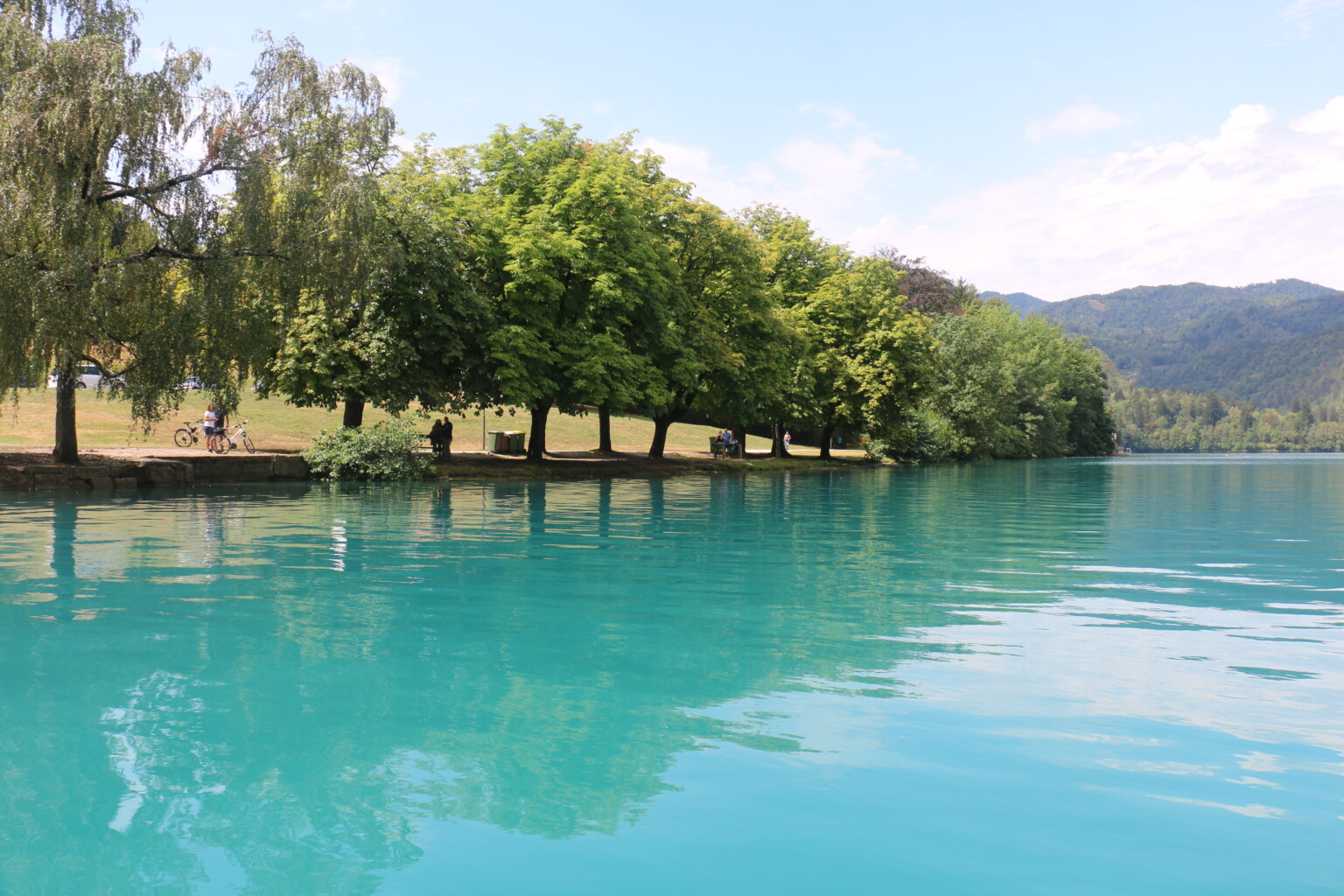
Unique Experiences:
- Wine Tasting in Vipava Valley: Slovenia’s lesser-known wine region offers a variety of local wines, with wineries open for tours and tastings.
- Ljubljana Food Market: A focal point for trying Slovenian cuisine, offering fresh local produce and traditional dishes in the capital’s vibrant atmosphere.
Travel Tips:
- Eco-friendly Travel: Slovenia encourages eco-friendly travel, with well-developed public transportation networks and bicycle-friendly cities. Many areas, particularly in Ljubljana, are pedestrianized.
- Currency: The Euro (€) is the official currency, facilitating easy transactions for travelers from within the Eurozone.
- Language: The official language is Slovene. English is widely spoken, especially in tourist areas.
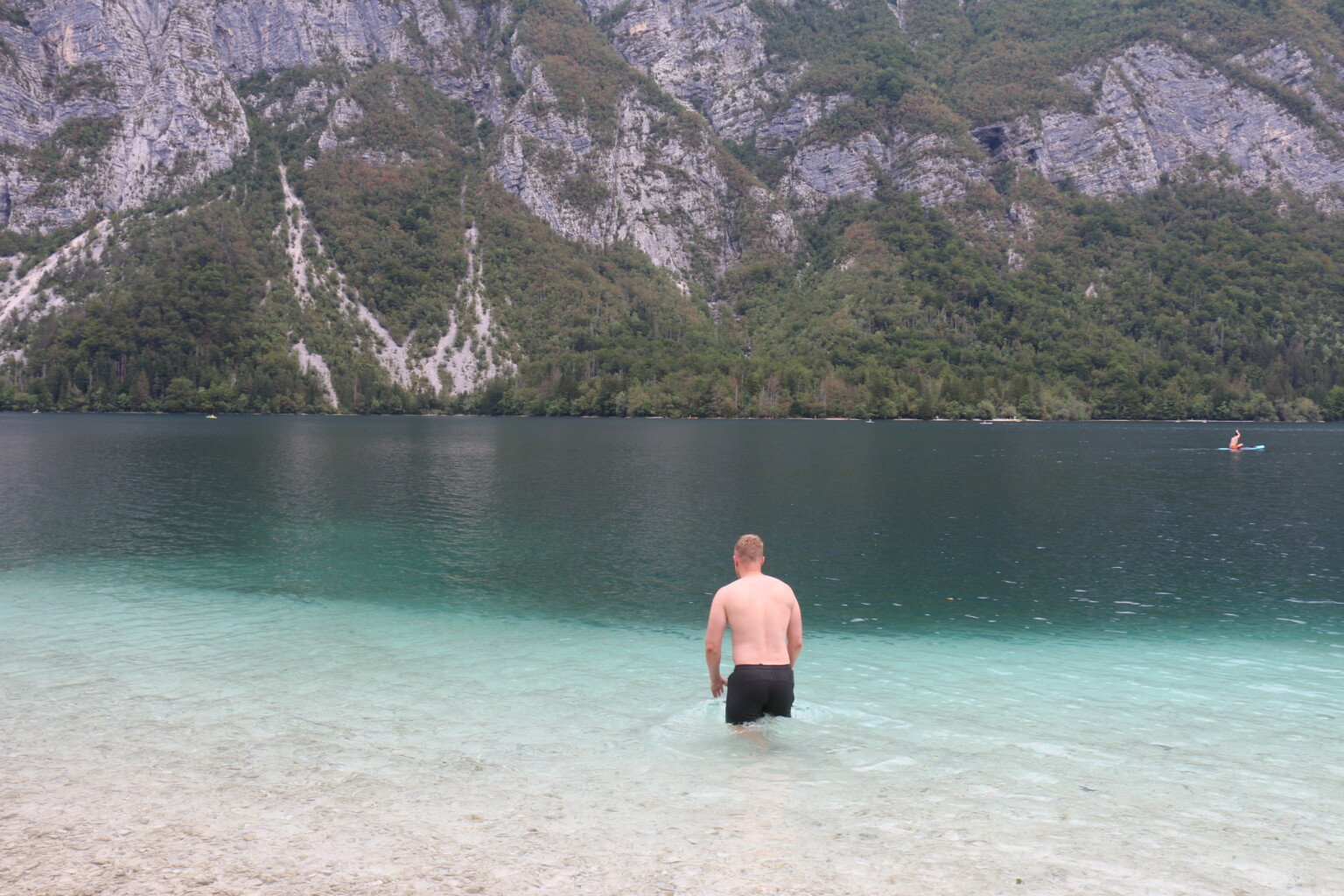
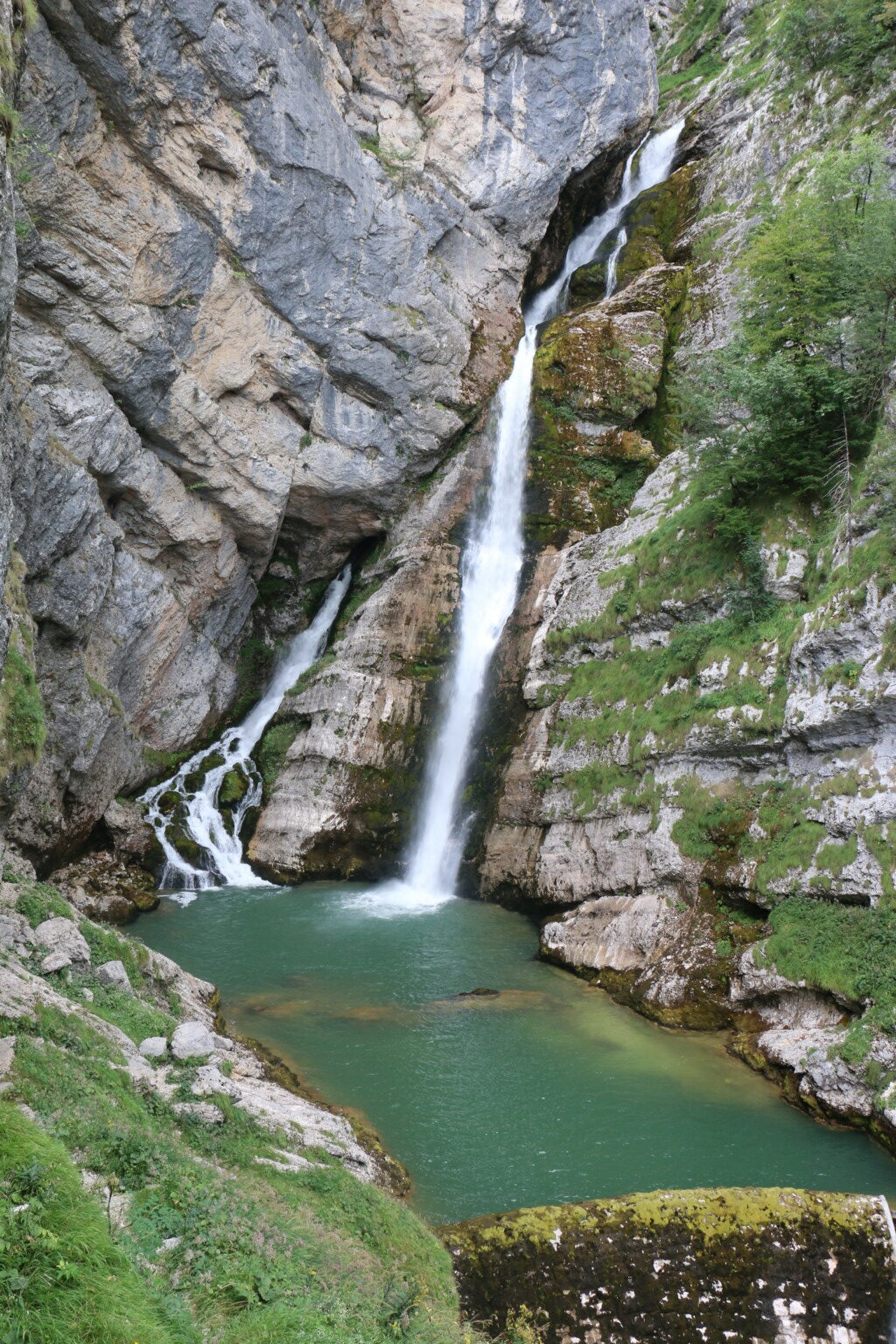
Serbia
Serbia, a landlocked country in the heart of the Balkans, sees itself as more Eastern than Western while its relationship with the EU and US has not always been smooth. Its history is characterized by a mix of influences from the Roman, Byzantine, Ottoman, and Austro-Hungarian empires, shaping the country into its present form. Serbia is famous for its vibrant nightlife, with its capital, Belgrade, being an undiscovered jewel among European capitals. Often overshadowed by more renowned European cities, Belgrade presents an ideal destination for a weekend getaway, offering a wide range of dining options, cafes, and historical landmarks at a significantly lower cost compared to other European cities. Fun fact: Serbia is also one of the last countries in Europe that still allows indoor smoking.
Top Attractions:
- Belgrade Fortress: This fortress presents a key historical site in Belgrade, providing insights into the city’s strategic importance over centuries. Today, it serves not only as a monument but also as a popular cultural venue.
- Novi Sad: Recognized for its historical architecture and vibrant cultural scene, embodied by the EXIT music festival, Novi Sad offers a lively yet laid-back atmosphere.
- Tara National Park: Tara National Park, located on the border with Bosnia, is ideal for nature enthusiasts, offering stunning landscapes and a great place to hiking while enjoying the underrated Balkan nature.
- Belgrade: The capital is combines historical charm with modern vibrancy. The city is rich in dining venues and cafes, reflecting Serbia’s culinary diversity. Unique to Belgrade’s nightlife are the floating river clubs or “splavs,” which offer memorable experiences with music and dancing on the city’s rivers.
Unique Experiences:
- Traditional Serbian Barbecue: A visit to Serbia must include trying out its traditional barbecue, highlighting local flavors through dishes like ćevapi and pljeskavica.
Travel Tips:
- Transportation: The city’s public transport system is efficient for urban exploration. For intercity travel, buses and trains are reliable options.
- Currency and Payments: Serbia uses the Serbian dinar (RSD). While credit cards are widely accepted in cities, it’s a good idea to carry some cash, especially in rural areas.
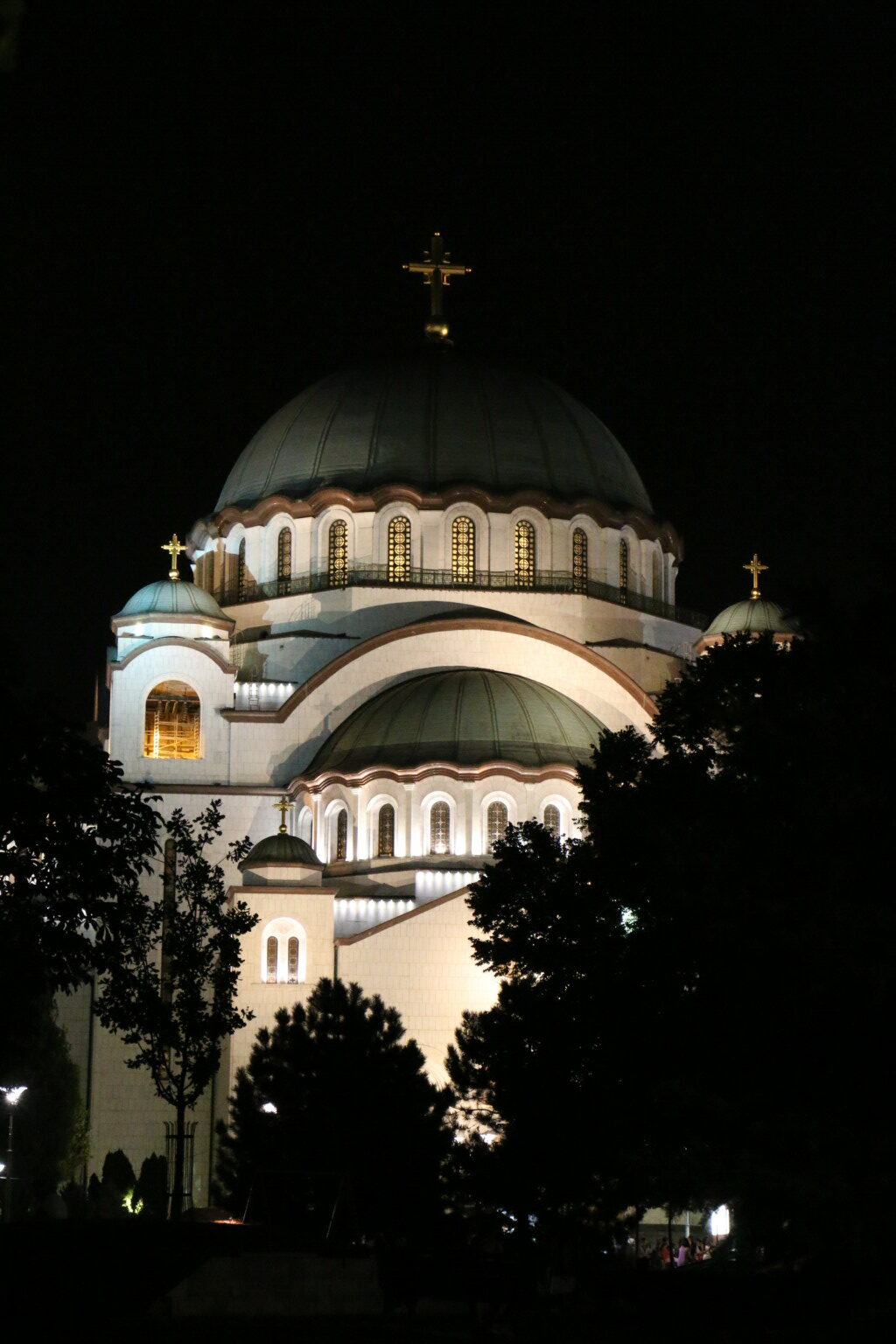
Slovakia
Slovakia was, at least for me, largely unknown in terms of what one could expect. However, after a visit to the country, I realized that it is packed with so much despite being a small Eastern European nation! Slovakia boasts endless castles to explore, and the Tatras Mountains offer solid skiing opportunities in winter and excellent hiking in summer. Compared to its larger northern neighbor, Poland, Slovakia receives only about half the number of tourists annually (5 million vs. 9.5 million). After my visit to Slovakia, I compiled a complete travel guide containing everything you need to know about the country before you go, so be sure to check it out here.
Top Attractions:
- High Tatras: The High Tatras mountain range is Slovakia’s premier destination for skiing, hiking, and mountaineering, featuring gorgeous scenery and well-maintained trails and ski resorts suitable for all levels of experience. The place I would recommend the most is Tatranska Lomnica.
- Štrbské Pleso. Not far from the Tatranska Lomnica, lies Štrbské Pleso, a serene mountain lake with the High Tatras mountains as a beautiful backdrop.
- Spiš Castle: One of the largest castle complexes in Central Europe, Spiš Castle’s ruins offer a remarkable insight into medieval architecture and the historical dynamics of the region.
- Bardejov. Bardejov is a perfect day trip alternative from Kosice, it’s a UNESCO World Heritage Site, due to its well-preserved medieval town center and beautiful Gothic architecture.

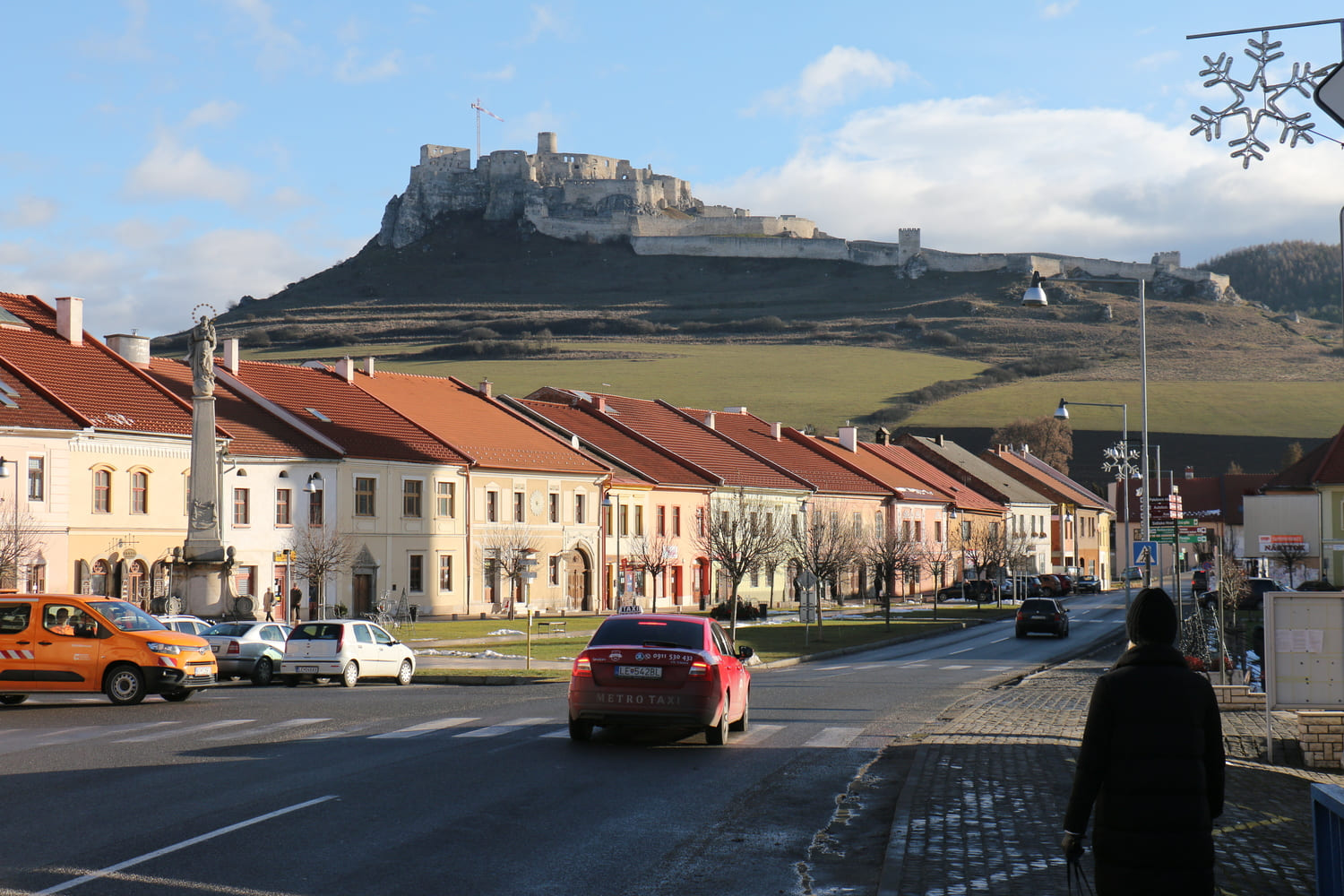
Unique Experiences:
- Thermal Spas: Slovakia’s thermal spas, such as those found in the town of Piešťany, utilize the natural geothermal waters to offer relaxation and therapeutic treatments, drawing on traditions that span centuries.
- Traditional Slovak Cuisine: Sampling traditional Slovak cuisine is a must for visitors, with dishes like bryndzové halušky (potato dumplings with sheep cheese) is a classic in Slovakia.
Travel Tips:
- Seasonal Activities: Slovakia’s seasons dramatically transform the landscape, offering skiing and snowboarding in the winter, particularly in the High Tatras, and hiking or cycling during the warmer months. I recommend you to plan you trip according to these activities in order to enjoy Slovakia to the fullest.
- Transportation: Slovakia has an efficient public transport network, with trains and buses connecting larger cities, however I do recommend that you rent a car in order to fully be able to explore everything Slovakia has to offer.
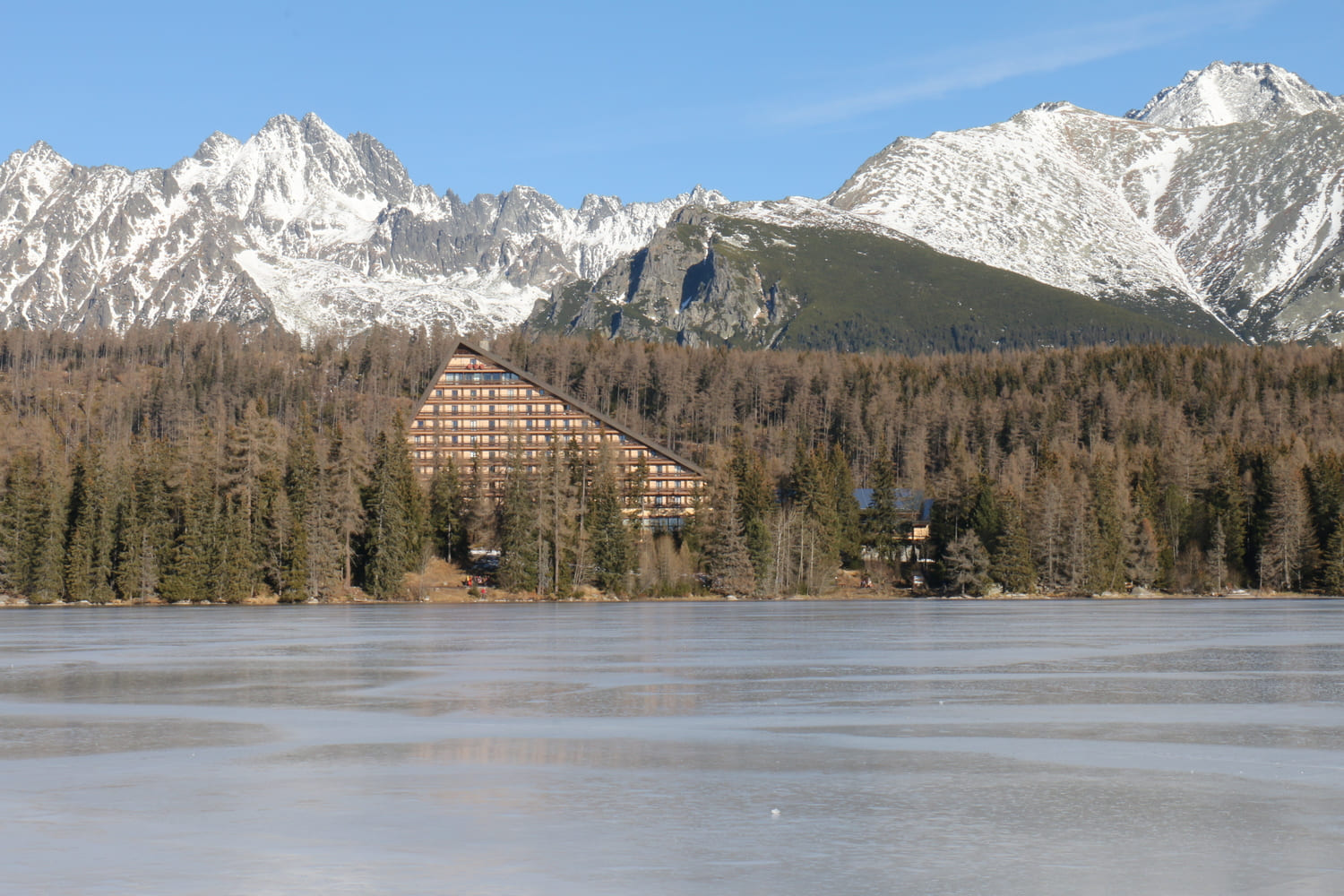
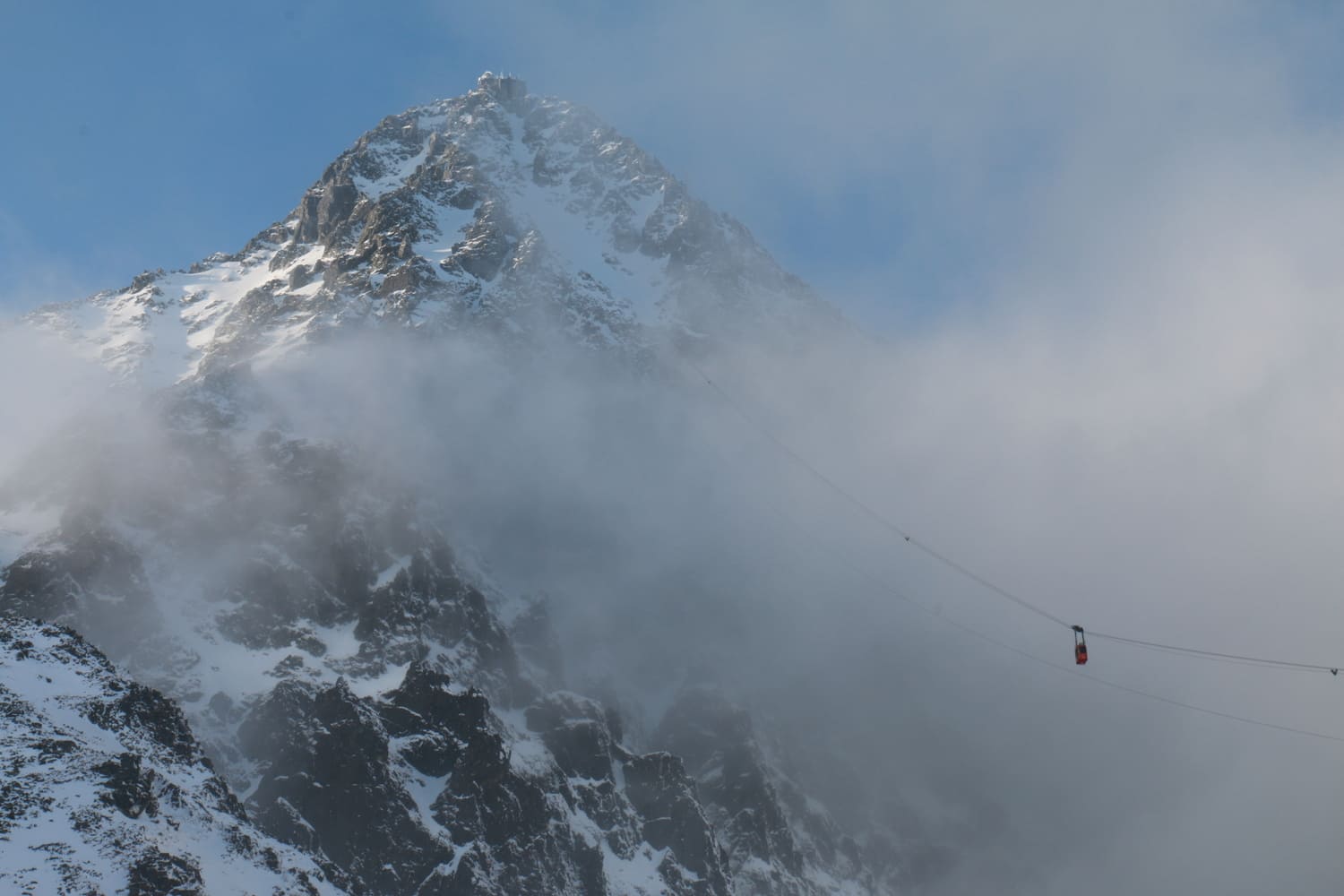
Belarus
Belarus, one of my absolute favorite countries in Eastern Europe, stands out for its well-maintained cities, beautiful parks, and the constant reminder of its struggle during WW2. Not surprisingly considering the fact that Belarus lost 1/3 of its population fighting the Nazis. Neither is the country shy of covering up its Soviet legacy, with the Lenin statue still standing proud outside the country’s parliament.
I might be a bit bias here, since my wife is from Belarus, but nonetheless, I believe Belarus to be one of the most underrated Eastern European nations. It’s capital, Minsk, seems to be operating with the precision of a Swiss watch, with extremely clean streets and many great cafes and restaurants, that all can be enjoyed at very affordable prices.
Top Attractions:
- Mir Castle: A UNESCO World Heritage site, Mir Castle is a gorgeous example of Gothic, Renaissance, and Baroque architecture, offering a glimpse into Belarus’s feudal past.
- Belovezhskaya Pushcha National Park: One of the last and largest remaining parts of the immense primeval forest that once spread across the European Plain, this national park is a natural treasure and a sanctuary for diverse wildlife, including the European bison.
- Minsk City Tour: A tour of Minsk reveals its architectural beauty and the city’s ability to blend its Soviet legacy with modernity. Key highlights include the grandiosity of its wide avenues and public squares. Restaurant tip: check out Grand Cafe or Cafe de Paris.
- Brest WWII Monument: In the border town of Brest, the Brest Fortress stands as a poignant reminder of Belarus’s sacrifices during World War II. This monument commemorates the heroic defense of the fortress in 1941 against the Nazis and is a symbol of national pride and resilience.
Travel Tips:
- Visa Requirements: Visitors should check the latest visa requirements; Belarus does offer visa-free entry to EU citizens through its airport in Minsk, however, are you traveling by land then you do need to apply for a visa beforehand.
- Local Currency: The Belarusian ruble (BYN) is the local currency. 1 € = 3.5 BYN.
- Getting Around: Minsk has an efficient public transportation system, including buses, trams, and a metro. For exploring beyond the capital, trains and intercity buses are reliable options. Renting a car is NOT a must in Belarus.



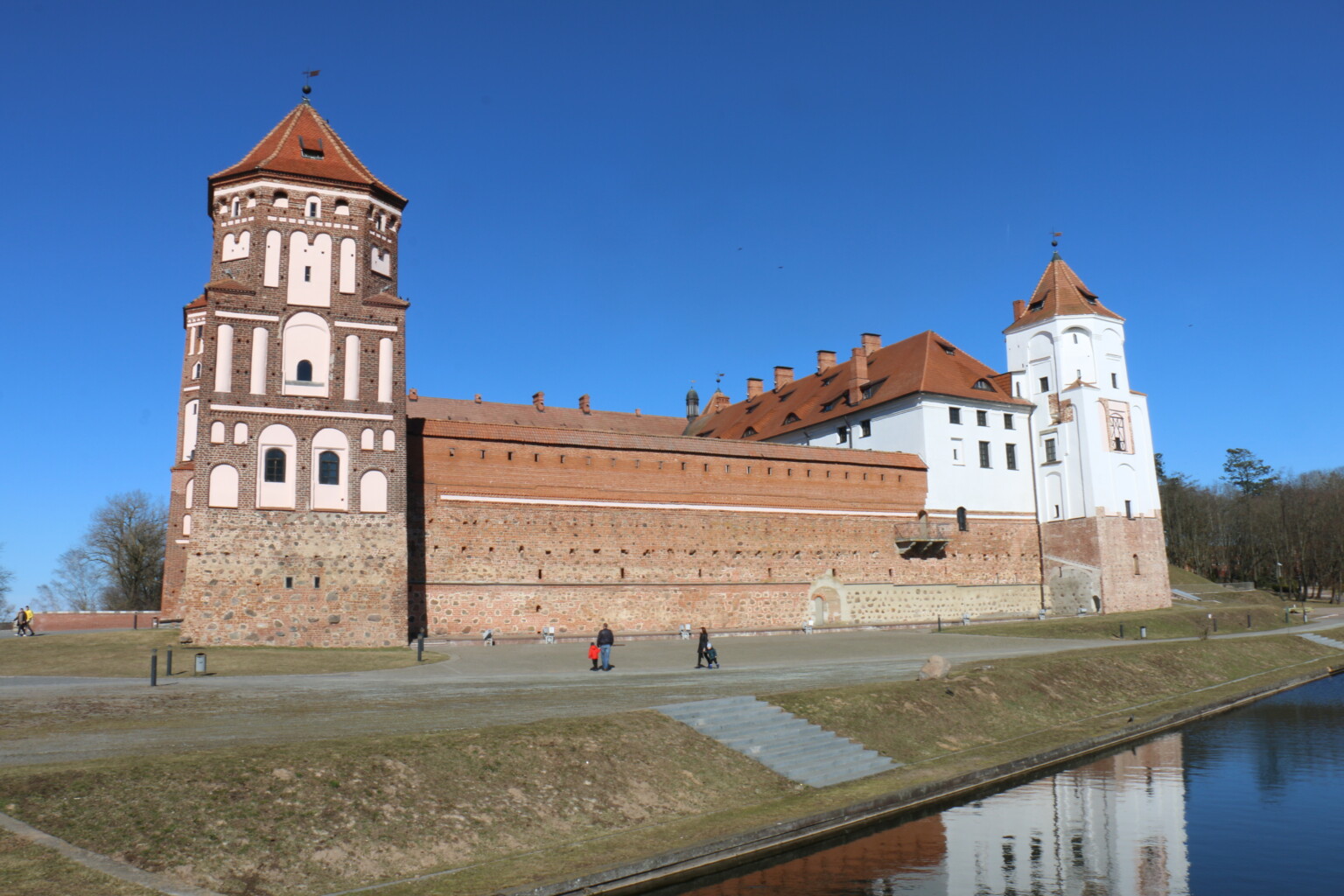
Conclusion
There you have it, folks! After visiting almost all the countries in Eastern Europe, these six countries have become my absolute favorites. They all offer something different, whether you’re looking to go swimming in the Mediterranean, skiing in the High Tatras, hiking in Slovenia, or just taking a city break in either Belgrade or Minsk. From the countries listed above, I have only warm memories, and I am confident that whichever one you pick as your next travel adventure, you will be positively surprised.
Happy travels!
